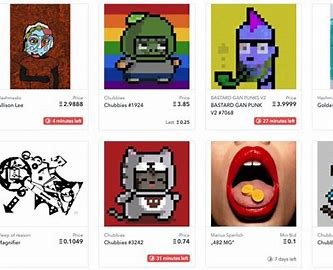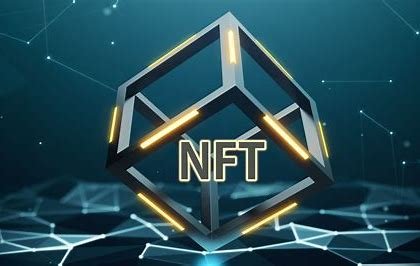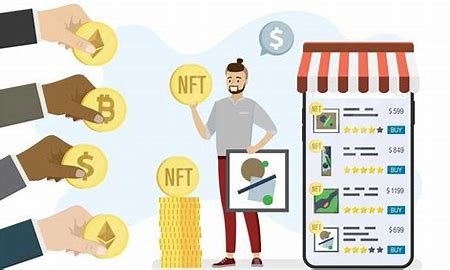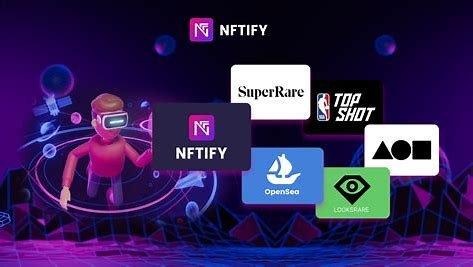
Non-Fungible Tokens (NFTs) have revolutionized digital ownership and created a burgeoning marketplace for digital assets ranging from art and collectibles to virtual real estate and gaming items. Choosing the right NFT marketplace is crucial for buyers, sellers, and collectors looking to navigate this dynamic ecosystem effectively. This article explores key aspects of NFT marketplaces, providing insights into where to buy, sell, and trade these unique digital assets.
Q&A:
- What are NFT marketplaces, and why are they important in the NFT ecosystem?
- NFT marketplaces are digital platforms where users can buy, sell, and trade NFTs. They facilitate transactions, provide liquidity, and offer visibility for digital creators and collectors in the global market.

- What factors should buyers consider when choosing an NFT marketplace?
- Buyers should evaluate marketplace reputation, user interface, security measures, transaction fees, supported cryptocurrencies, and available collections or categories of NFTs.
- How do NFT marketplaces support creators and sellers in showcasing their digital assets?
- NFT marketplaces provide tools for creators to mint and list their NFTs, set pricing, and engage with potential buyers. They offer visibility through featured listings, auctions, and promotional campaigns.

- What are the primary differences between decentralized (OpenSea, Rarible) and centralized (Nifty Gateway, Foundation) NFT marketplaces?
- Decentralized marketplaces operate on blockchain networks without central authority, offering more autonomy and lower fees. Centralized marketplaces are curated platforms with stricter guidelines, higher fees, and often provide additional support and promotion.
- How can sellers maximize their success on NFT marketplaces, and what are common pitfalls to avoid?
- Sellers should optimize their NFT listings with high-quality images, detailed descriptions, and competitive pricing. They should also be aware of copyright issues, market trends, and fluctuations in demand to avoid overpricing or underrepresentation.

Table: Comparison of Popular NFT Marketplaces
| Marketplace | Type | Description | Supported Cryptocurrencies | Fees | Notable Features |
|---|---|---|---|---|---|
| OpenSea | Decentralized | Largest NFT marketplace | ETH, Polygon, others | Gas fees on Ethereum | Broad range of NFT categories; gas-free transactions on Layer 2 |
| Rarible | Decentralized | Creator-centric platform | ETH, RARI | Gas fees on Ethereum | Allows creators to mint NFTs; governance token rewards |
| Nifty Gateway | Centralized | Curated NFT platform by Gemini | ETH, credit cards | Transaction fees | Drops by popular artists; USD payments |
| Foundation | Centralized | Invite-only platform for digital art | ETH | Transaction fees | Artist-first approach; curation by community |
| SuperRare | Centralized | Platform for digital art and collectibles | ETH | Transaction fees | Curated artworks; emphasis on digital scarcity |

Conclusion:
Navigating the diverse landscape of NFT marketplaces requires understanding their features, fees, and support for various digital assets. Whether you’re a buyer looking for unique collectibles or an artist seeking to showcase your creations, choosing the right marketplace is essential for success in the dynamic world of NFTs. By staying informed about market trends, exploring different platforms, and leveraging tools provided by NFT marketplaces, participants can maximize opportunities and contribute to the growth of digital ownership and creativity.